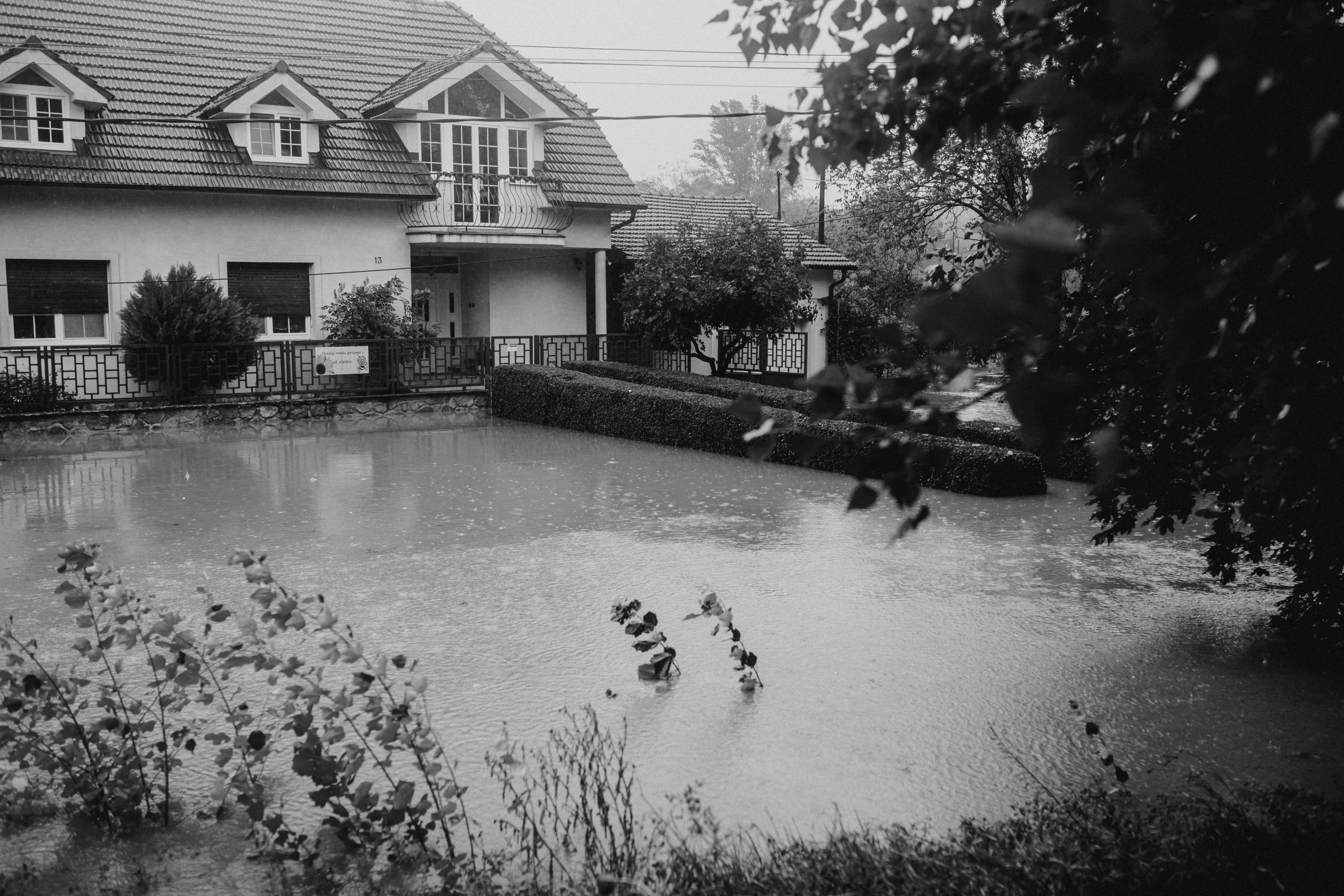Understanding Your Liability Coverage: What Happens When You’re Not the Driver
Navigating insurance nuances can be confusing, especially when you’re not behind the wheel but find yourself involved in an incident. Let’s explore a common scenario and clarify what your policy may or may not cover.
Scenario Overview:
Imagine a situation where you, as a pedestrian, accidentally cause damage to someone else’s vehicle while a friend is driving. Specifically, your friend is operating their truck, and during a casual moment in a parking lot, your 19-year-old son, attempting to be playful, jumps into the vehicle through the passenger window. The sudden impact results in a significant dent to the truck—a repair that requires professional attention. You hold a liability insurance policy with USAA, prompting some important questions about coverage and potential consequences.
Key Concerns:
1. Will your liability insurance policy cover the repair costs for the other vehicle’s damage?
2. Could inquiring about this situation with your insurer affect your premium or insurance standing?
Insights:
Liability insurance typically covers damages or injuries you cause to others when you are at fault. This coverage generally extends to incidents involving physical damage to property, such as vehicles, regardless of whether you are the driver or a pedestrian at the time, provided that your actions are deemed negligent or accidental.
However, insurance policies and their interpretative nuances vary. It’s advisable to promptly notify your insurer about the incident to ensure proper coverage assessment. Providing truthful details allows them to evaluate the situation accurately. Usually, asking questions or reporting claims does not negatively impact your premium directly; in fact, transparency is often recommended.
Conclusion:
While every situation differs, having liability coverage through USAA generally offers protection when someone else’s property is damaged due to your actions, even when you’re not the one driving. The best course of action is to contact your insurance provider for detailed guidance. This proactive step not only clarifies your coverage but also helps you manage any potential liabilities responsibly.
Remember, everyone makes mistakes, especially at 19—what’s important is handling the aftermath appropriately and understanding your insurance policies to stay protected.



